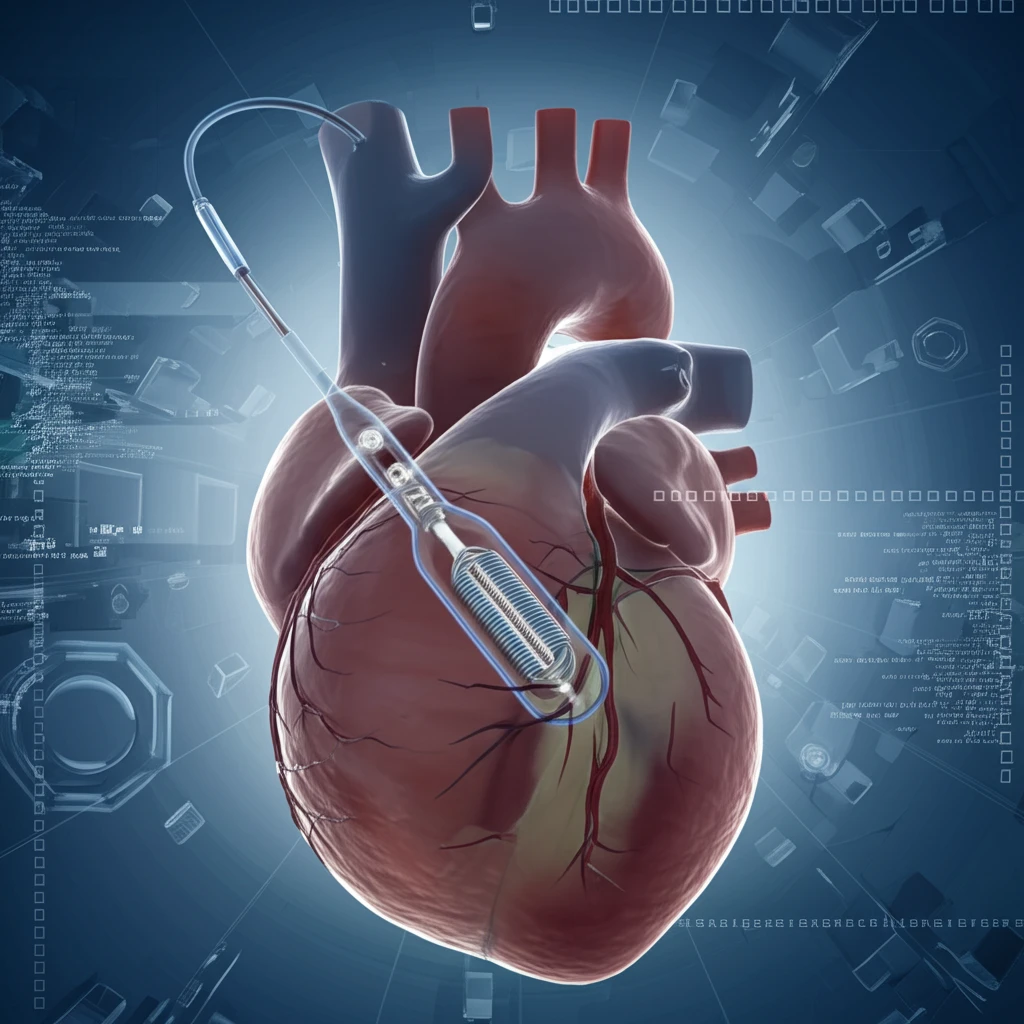
NuDEL™ Stent Delivery System: A Game Changer for Complex Congenital Heart Procedures?
"Explore how the innovative NuDEL™ system is transforming covered stent implantation, offering safer and more effective solutions for challenging cardiovascular anatomies. Discover the benefits and future implications of this cutting-edge technology."
Stent implantation has become a cornerstone in treating right ventricular outflow tract (RVOT) obstructions and aortic coarctation. The field of congenital interventional cardiology has increasingly relied on these methods, with a growing array of stent options to suit individual cases. However, the precision and safety of stent deployment hinge significantly on the accuracy of mounting the stent onto the delivery balloon and navigating it through the delivery sheath to the target location.
As medical advancements bring more complex anatomies into the catheterisation laboratory, the challenges associated with stent delivery have escalated. The most critical phase often involves maneuvering the stent into the precise anatomical position before deployment. This stage is laden with potential pitfalls, including stent slippage leading to migration, as well as damage to the balloon or stent during mounting. Such complications may necessitate re-crossing of target areas and increase vascular risks due to repeated insertions of large-calibre sheaths, which can compromise patient safety.
To mitigate these risks and streamline the delivery of covered stents, the NuDEL™ system was developed by Numed Inc. in Hopkinton, New York. This system features a covered Cheatham-Platinum stent pre-mounted on a balloon-in-balloon system of matched length and diameter. It comes pre-loaded in a long, non-braided delivery sheath, poised to transform the landscape of stent delivery.
How Does NuDEL™ Streamline Stent Delivery and Enhance Safety?

The NuDEL™ system simplifies stent deployment through an integrated design. It includes a covered, 8-zig Cheatham-Platinum stent mounted on a balloon-in-balloon system, matched in length and diameter, and pre-loaded on a long, non-braided delivery sheath. This design is intended to minimize risks associated with manual stent mounting and navigation.
- Positioning: Once the system is in place, the stent is fully uncovered by retracting the sheath. Distal fluoroscopic markers and markers on the balloon catheter shaft ensure precise positioning.
- Inflation: The balloon-in-balloon is inflated in the standard way.
- Withdrawal: After stent deployment and balloon deflation, the sheath tip is brought into contact with the nose cone, and the entire assembly is removed over the wire.
The Future of Stent Delivery with NuDEL™
The NuDEL™ delivery system marks a significant step forward in the field of congenital interventional cardiology. Its design addresses many challenges associated with traditional stent delivery, offering a safer, more efficient approach. As research continues and the technology evolves, the NuDEL™ system promises to improve outcomes for patients undergoing complex cardiovascular procedures. This innovation is set to become a crucial tool in modern cardiology, enhancing the precision and reliability of stent implantation.
